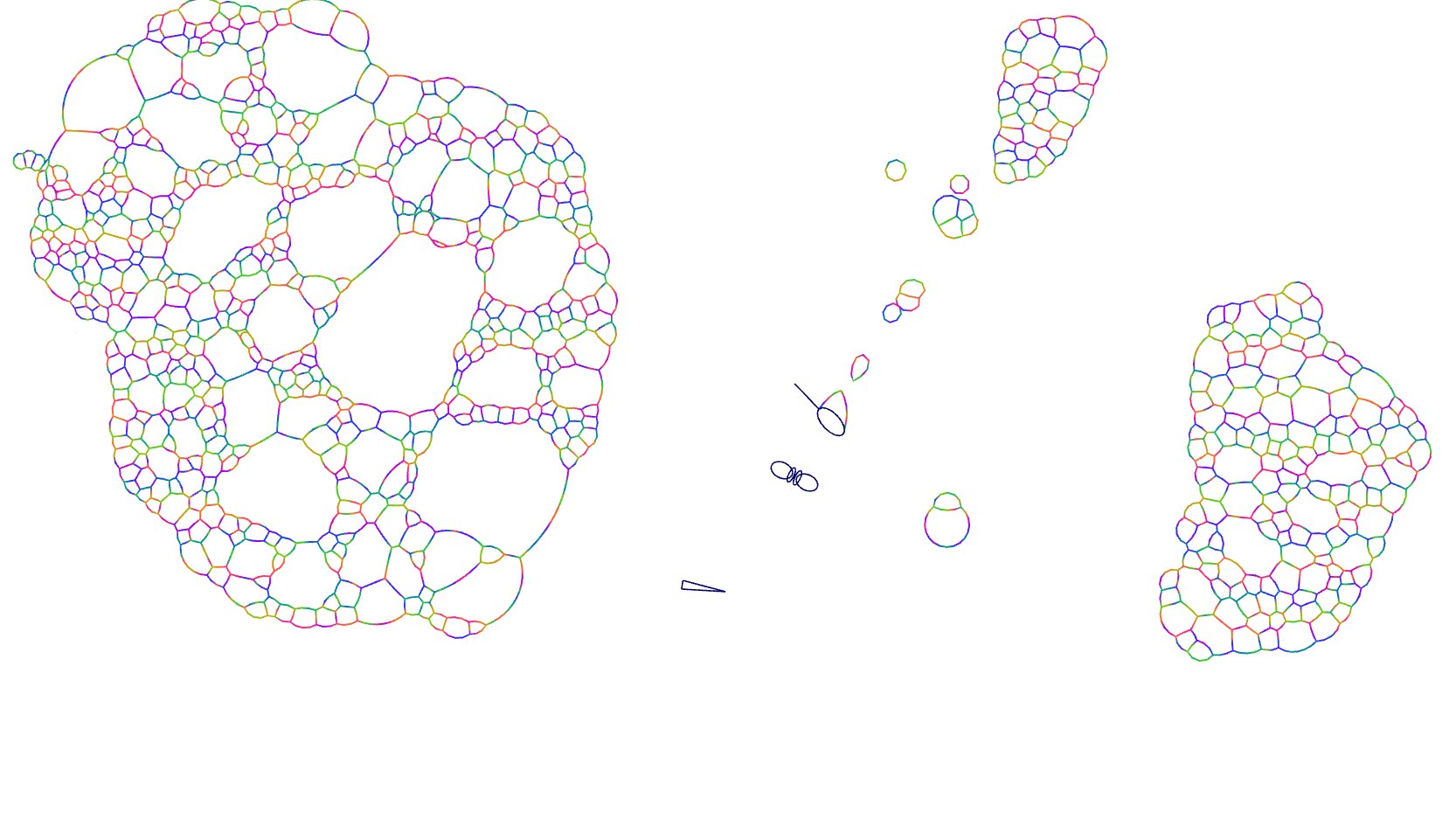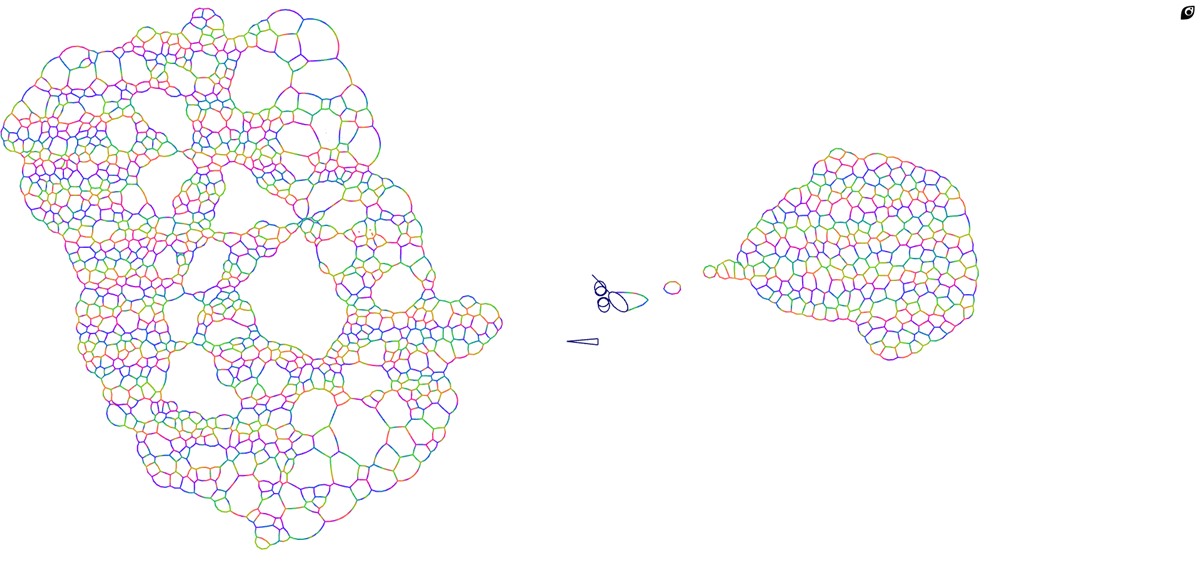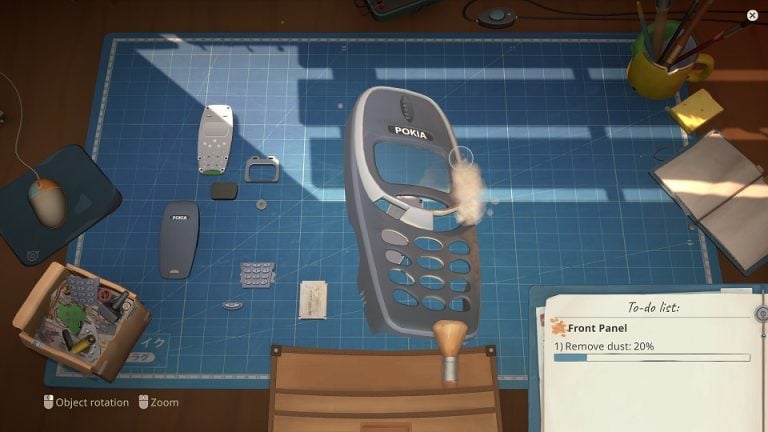A Japanese game developer that goes by saharan has released a bubble simulator called Bubbles. The simulator is free, runs in web browsers, and while simple, makes no compromises on its bubble behavior.
Bubbles is a simulator that lets players make, touch, and play with bubbles right in their web browser. Upon opening the page, a fan, bubble wand, and needle appear on screen. By adjusting the fan to push air through the bubble wand, bubbles will steadily be generated and start sticking together as they come into contact. However, as is the fleeting nature of bubbles, they will pop when poked by needle or when too many gather together. And that’s all there is to it. Much like real bubbles, you simply make them, touch them, and enjoy watching them float around.
But while simple, there’s great technological prowess on display for players to experience. Firstly, the behavior of each bubble is depicted in minute detail. From the way they jiggle to the unevenness of how they combine and burst apart has been fully recreated in a web browser. The wind from the fan can also be used to change the shape of the bubbles and blow them around the screen. The physics of it all is very convincing. The implementation has even been gathering attention from users on technology forums like Hacker News.


Bubbles was made by saharan who is developing numerous projects while studying as a graduate student at Tokyo University. These include a browser-based fluid simulator which can be found on the Works page of their personal website. Other projects include the grapple action game Wild Runner and the voxel miniature gardening game SandVox Simulator, which also show technical prowess and are playable in web browsers. Furthermore, saharan is making a world for VRChat and has posted strong results in competitive programming competitions.
Bubbles is available on saharan’s personal website oimo.io. The simulator is playable in web browsers, and I (the original author of this article) was able to confirm it working in Google Chrome on both Windows and Android.
Written by. Nick Mosier based on the original Japanese article (original article’s publication date: 2022-11-12 11:24 JST)





